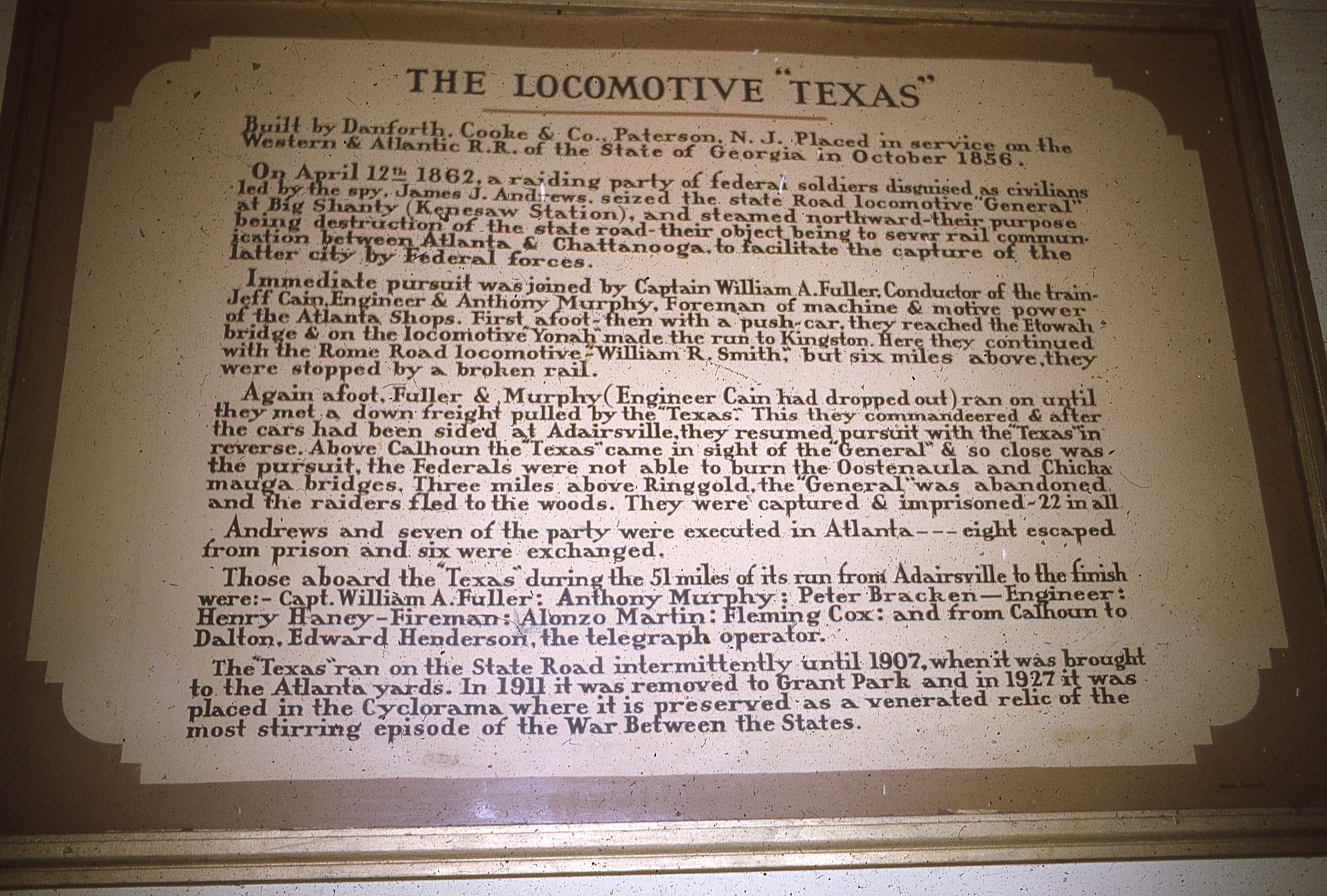The US housing market is extremely competitive right now; prices are high and houses are selling fast.
When Molly Rodela — who is a wife as well as a mother to two kids — was finally able to find a suitable house for a reasonable price online, she could not spend any time considering the decision. She contacted her agent, visited the house without her husband, and then put in an offer $20,000 above the asking price all in the same day.
With her quick action, the Rodelas were able to get the house. But many have not been so lucky.
Moreover, the factors behind the tight housing market are concerning.
For homebuilders across the country, it has become harder and harder to create affordably-priced housing. One of the reasons is the increased labor costs associated with a shortage of skilled workers.
And a huge factor has been the recent spike in the price of lumber. In fact, the National Association of Homebuilders recently reported that the cost of building a new house has gone up by $24,000 due to soaring lumber prices alone.
For homebuyers, the issue may go from bad to worse.
The Biden administration recently took the first step to double tariffs on Canadian lumber from roughly nine to 18 percent.
In doing so, the administration is falling for an age-old economic fallacy.
The Fallacy
In his timeless book, Economics In One Lesson, Henry Hazlitt argued that “The art of economics consists in looking not merely at the immediate but at the longer effects of any act or policy; it consists in tracing the consequences of that policy not merely for one group but for all groups.”
In other words, Hazlitt believes that we must not assess policy with blinders on, but rather with a broad understanding of the policy’s consequences.
In the chapter titled “Who’s ‘Protected’ by Tariffs,” he applied this principle to anti-trade protectionism specifically, pointing out that people who support tariffs fall for the fallacy of “considering merely the immediate effects of a tariff on special groups, and neglecting to consider its long-run effects on the whole community.”
In this case, Biden is justifying his tariff hike by its immediate effects on the American lumber industry. He argues that when Canada subsidizes their lumber industry, they are able to undercut US producers in an unfair way. So, by implementing a tariff on Canadian lumber, Biden is making Canadian lumber more expensive, thus giving American lumber companies a competitive advantage.
How Consumers Are Hurt By Tariffs
But a true practitioner of the art of economics would then ask: who else does the tariff impact, and how?
But a true practitioner of the art of economics would then ask: who else does the tariff impact, and how?
One important question to ask, for instance, would be how does the tariff impact American industries that purchase lumber? The answer: they have to pay higher prices.
The burden of these increased production costs inevitably ends up being passed onto consumers. Basic economics tells us that when the price of one resource used to produce a good goes up, the price that the consumer eventually pays for that good rises as well.
This is exactly why home buyers — and consumers of products that use lumber in general — will be the victims of Biden’s lumber tariff.
A shortage of lumber as a result of the pandemic led to its price in May being up nearly 400 percent over the past year. But prices have begun to drop again because production has started to ramp up. To increase the tariff — which is just an import tax — would serve to restrict the supply of lumber. This would not allow prices to decrease back to pre-pandemic levels.
The natural consequence of high lumber prices is the increase in price for all of the goods that use lumber in their production. This does not just stop at houses, but rather includes things such as furniture and storage appliances as well. The average consumer will then have to pay a higher price for all of them.
How The Economy As A Whole Is Hurt By Tariffs
Tariffs are not only harmful to individual consumers, but the economy as a whole. As Hazlitt points out, “Higher prices in one area mean that they will not be able to spend that money on something else, thus hurting other industries as well.”
For example, if, because of Biden’s tariff hike, people have to spend more on houses and other things made with lumber, they will have less money to spend on things such as restaurants, tourism, and consumer technology. Therefore, workers and investors in those industries will be economically disadvantaged by the tariffs, too.
As Hazlitt says, “In order that one industry might grow or come into existence, a hundred other industries would have to shrink.”
At the core of the matter, President Biden is making the mistake of only looking at the effect of this tariff on a special group — the US lumber industry.
At the core of the matter, President Biden is making the mistake of only looking at the effect of this tariff on a special group — the US lumber industry. But, in doing so, he is neglecting the millions of Americans who — far from being protected — will be economically harmed by the tariff hike, including consumers (especially homebuyers), workers, and investors.
Tariffs, much like any number of other well-meaning government programs, seem like a plausible solution to certain problems we face. But, if we think like an economist and widen our lens to encompass the bigger picture, it becomes clear that they will primarily hurt the American people.
Buy Economics in One Lesson from the FEE Store.
Jack Elbaum is a Hazlitt Writing Fellow at FEE and an incoming sophomore at George Washington University. His writing has been featured in The Wall Street Journal, Newsweek, The New York Post, and the Washington Examiner. You can contact him at jackelbaum16@gmail.com and follow him on Twitter @Jack_Elbaum.
This article was originally published on FEE.org. Read the original article.
 Here’s How Biden Is Making It Even Harder to Buy a Home
Here’s How Biden Is Making It Even Harder to Buy a Home
























